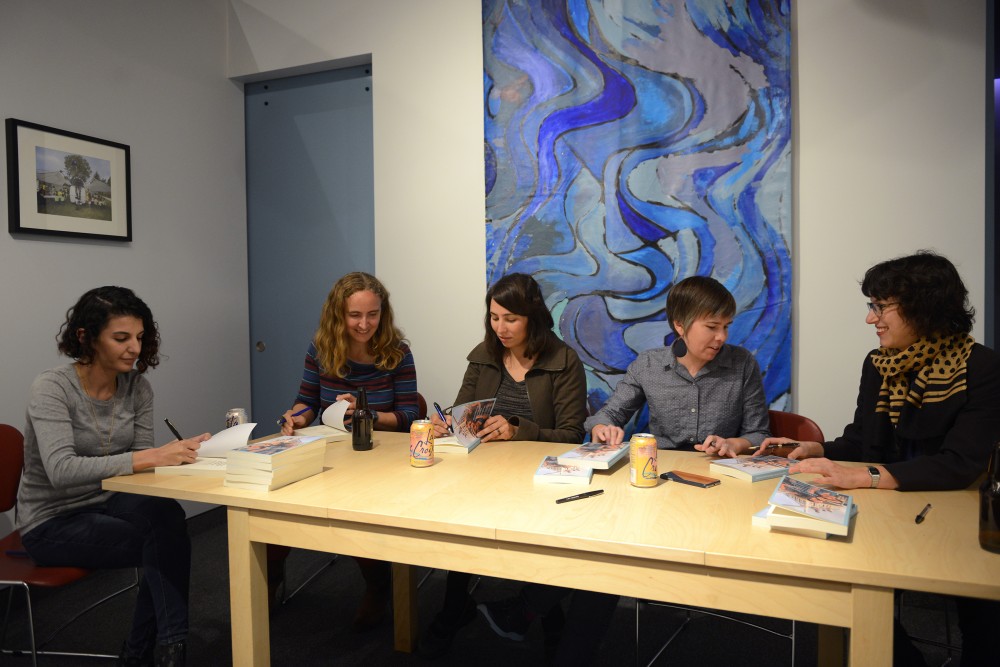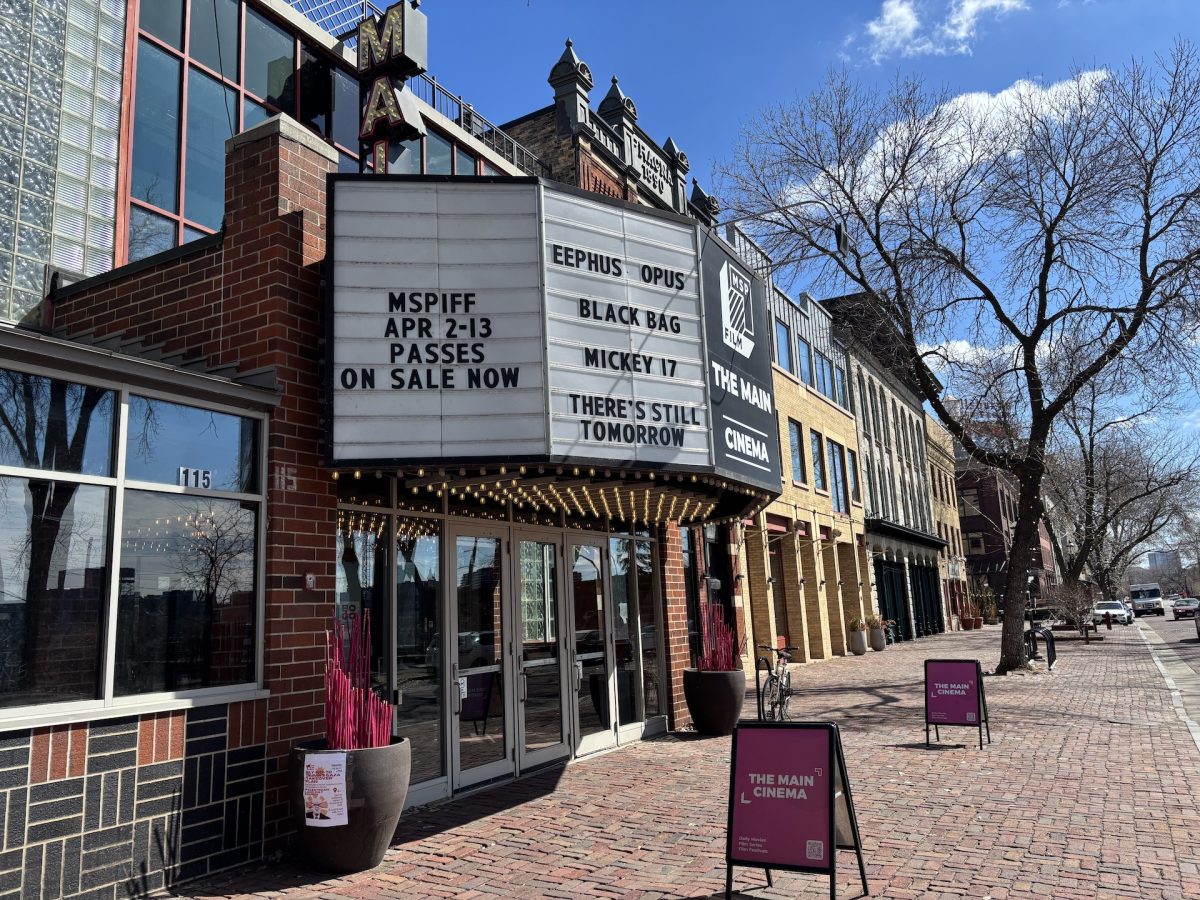Talking over tiramisu and craft beers, partygoers celebrated the launch of City Art Collaboratory’s new book, “Meandering Methodologies, Deviant Disciplines,” at Public Art Saint Paul last Thursday.
City Art Collaboratory is a research fellowship for artists and STEM professionals who work together on projects that enhance city infrastructure and sustainability. The new book is a collection of essays, poems and photos that chronicle the group’s experience over the last four years.
“The [CAC] was an interesting interdisciplinary approach to opening up black box questions of how the social and natural worlds work together,” former CAC member and public policy expert Leili Fatehi said

Less mysteriously, the CAC is a group of artists, scientists and architects who get together to study the hidden structural functions of St. Paul.
“I think [policy making] in general suffers from lack of creativity,” Fatehi said, explaining her motivation to join the CAC. “Art is a really phenomenal avenue for uncovering people’s moral and ethical concerns.”
For the CAC, location is everything.
“Place, understood as the multifaceted nexus of interlocking systems, quickly [emerged] as a crucial idea,” wrote Christina Schmid, one of the contributors to “Meandering Methodologies.”
Beneath the ten-dollar words, Schmid identified the difficult goal of the CAC — to understand St. Paul.

Schmid continuously overhauls the art world’s view of “place” as obsolete — the result is a long-term dedication to the city.
The book explains the different activities the CAC took part in to learn about St. Paul, which included field trips to the Metropolitan Wastewater Treatment Plant and canoe trips down the Mississippi.
The CAC was deeply concerned with the environment and searched for new ways to envision the city’s interaction with it. “Meandering Methodologies” contains essays titled “What We Talk About When We Talk About Carp” and “Reflection: Arising from the River.”
The book’s main purpose is to encourage other groups to take an interdisciplinary approach to learning.

“We knew we wanted to make a book about the [CAC] and encourage other organizations to try it,” said Shanai Matteson, editor and director of Public Art St. Paul.
At CAC, it was not only artists learning from scientists. The artists showed scientists new ways to think, too.
“[CAC] gave [the scientists] a chance to think creatively about the questions that they ask,” Matteson said.
“Meandering Methodologies” is filled with a passion for St. Paul and a dedication to caring for the city — Matteson voices this dedication in the book: “We can decide, as artists and inhabitants of this place and time, to expand the horizon of our imaginations and our imagined influence,” she wrote.








